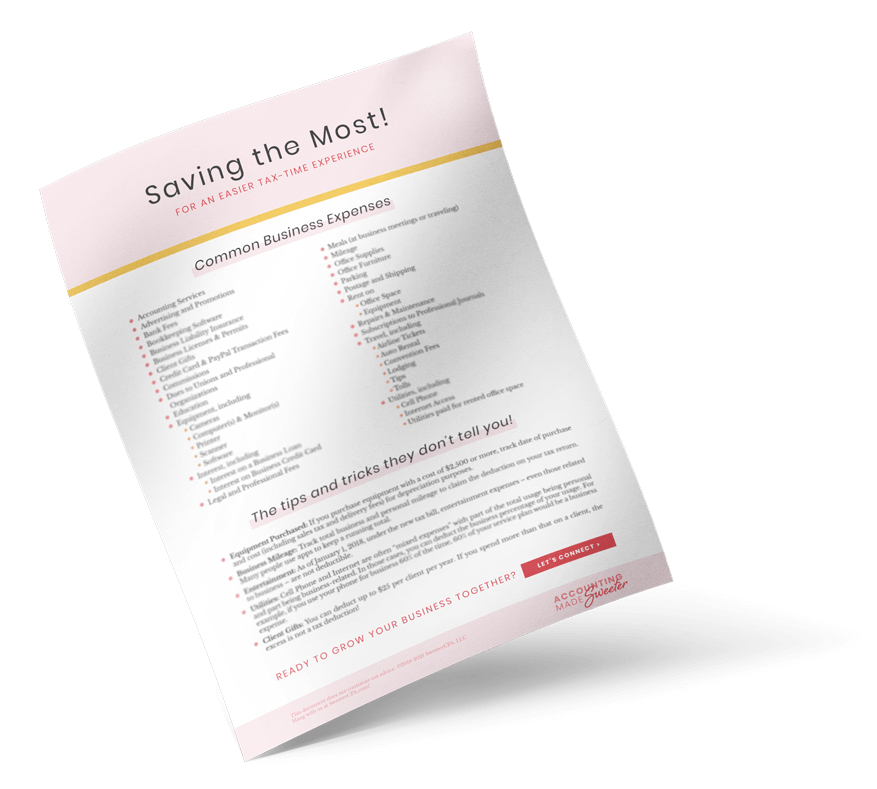Resources
- IRS Publication 946: How to Depreciate Property
- 2013 Form 4562, Depreciation and Amortization
- Instructions to 2013 Form 4562
Why YOU Should Care
Generally, you are required to depreciate qualified business property. The Section 179 Deduction gives you the option to reduce your current tax liability by deducting the cost of the asset in the year it is placed into service instead of depreciating.
Qualifying Property
In order to be eligible for the Section 179 Deduction, property must be one of the following:
- Tangible personal property (e.g., machinery, equipment, furniture, certain livestock)
- Computer software purchased off-the-shelf
- Qualified real property
- Single-purpose agricultural or horticultural structures
The IRS provides further detailed information on the type of property that qualifies here.
The property must have been purchased for business use during the year the deduction is claimed. Property that is leased generally does not qualify for the Section 179 Deduction.
Claiming the Deduction
The Section 179 Deduction is claimed on Part 1 of the Form 4562. This form is filed with your complete, timely-filed tax return.
Deduction Limit
Currently, for 2014, the deduction limit is $25,000. The total deduction is also limited by the amount of taxable income produced by your business (i.e., you cannot use the Section 179 Deduction to generate a loss). Any unused amount can be carried forward to the next year.
The deduction limit is considerably less than the amount allowed in prior years due to the expiration of certain tax relief acts. The limit is subject to change if Congress approves the Expiring Provisions Improvement Reform and Efficiency (EXPIRE) Act. This Act has currently passed the Senate Finance Committee and is awaiting Congressional attention.
Long-Term Status of Section 179
The Section 179 Deduction has an inconsistent history. It was first established in 1981 and has since been re-approved via various tax relief acts passed by congress. As such, we don’t always know at the start of the year whether 1) the deduction will be in place for the year and 2) the amount of the deduction limit. The current status of the deduction is something to consider with your tax adviser before you make large purchases for the year.



